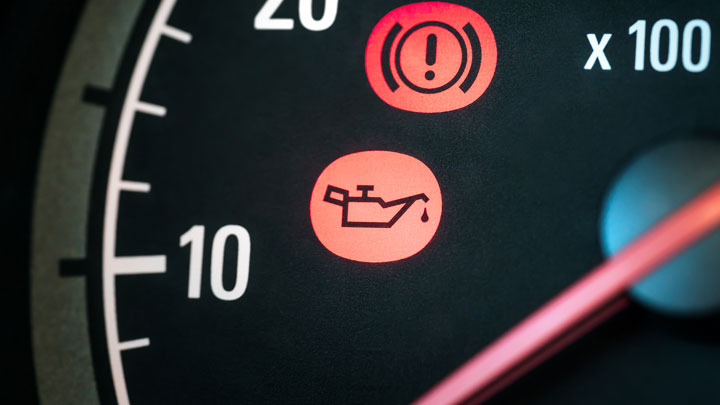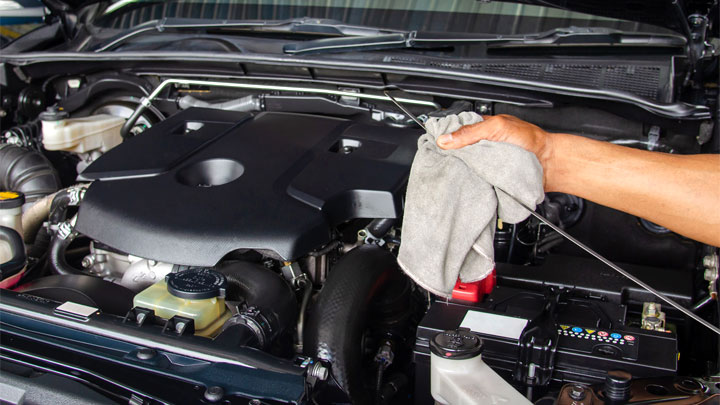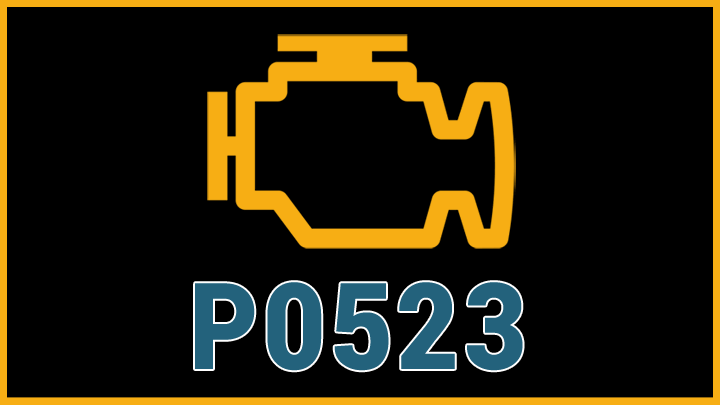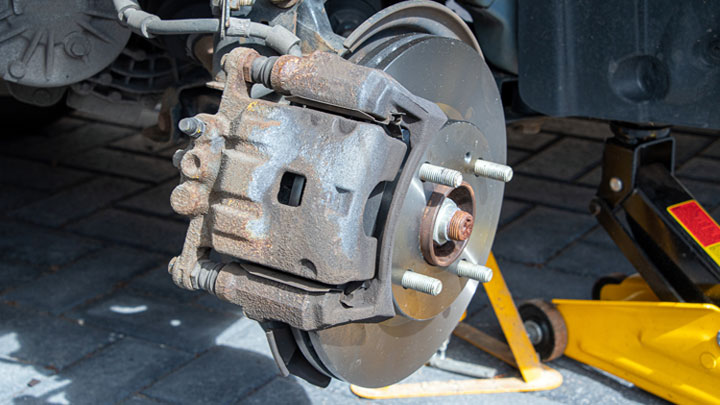Last Updated on July 19, 2022
Luckily, today’s vehicles now feature onboard diagnostic systems, which provide subtle clues as to the source of most any issue that arises. These “clues” come in the form of diagnostic trouble codes and can be referenced at any point that troubleshooting becomes necessary.
On such trouble code of importance is DTC P0523, which indicates an issue related to a vehicle’s engine oil pressure sensor. Readings from this sensor are used to determine the operational status of an engine’s lubrication system, and to alert drivers to any underlying issues that could result in untimely damage or premature engine wear.
See Also: 5 Causes of High Oil Pressure
What Does Code P0523 Mean?
Diagnostic trouble code P0523 is indicative of an issue within an engine’s oil pressure sender/switch circuit. More specifically, this code indicates that a vehicle’s ECM/PCM has detected feedback from this sensor that is at the highest end of its detectable threshold.
To better understand the nature of DTC P0523, one must first familiarize themselves with the basic function of an oil pressure sensor.
Simply put, an oil pressure sensor, also known as an oil sender, monitors the pressure under which an engine’s lubricating oil is circulated. This is of vast importance, due to the fact that an engine can suffer catastrophic failure in the absence of sufficient oil pressure.
Feedback from an engine’s oil pressure sensor is directed to a vehicle’s engine control module, where it is then rationalized. This feedback is also reflected upon a vehicle’s oil pressure gauge, typically located within the instrument cluster.
A relative loss of oil pressure, or a sudden spike in pressure, will cause a vehicle’s oil pressure warning light to illuminate.
In the case of diagnostic trouble code P0523, a vehicle’s management software has determined that feedback from its corresponding oil pressure sensor is at the upper extreme of its operating range, and thus irrational by context.
Symptoms of Code P0523

Diagnostic trouble code P0523 is often accompanied by one or more secondary symptoms, some of which tend to be more prominent than others. Recognizing these various symptoms can prove valuable when attempting to diagnose the issue at hand.
The following are several of the most common symptoms associated with diagnostic trouble code P0523.
- Illuminated Check Engine Light
- Irregular oil pressure gauge readings
- Illumination of the oil pressure indicator
Causes of Code P0523

Diagnostic trouble code P0523 can be caused by a number of underlying conditions, some of which tend to be more severe in nature than others. Understanding the gravity of these potential issues can prove valuable when attempting to expedite your vehicle’s return to service.
The following are several of the most common symptoms associated with DTC P0523.
- Internal oil pump fault
- Restricted oil passages
- Compromised oil pressure sensor/sender
- Damaged oil pressure sender wiring
- Use of improper engine oil
Is Code P0523 Serious?
In general, diagnostic trouble code P0523 is regarded as being quite serious in nature. This is due to the fact that this fault relates to the efficiency of an engine’s lubrication system. Without proper lubrication, an engine’s health rapidly deteriorates, causing a host of rather severe mechanical issues.
Though a faulty sensor or damaged wiring circuit might be to blame for your vehicle’s P0523 fault code, one cannot rule out larger issues without performing a thorough diagnosis. Therefore, this particular fault code should be taken seriously, in every case in which it is present.
Operation of the affected vehicle should cease until proper lubrication system function can be verified.
In any event, the root cause of diagnostic trouble code P0523 should be thoroughly diagnosed and repaired at the first available opportunity. Doing so can prevent a host of secondary issues, possibly sparing you from costly engine overhaul or replacement.
If you are unable to perform such repairs yourself, contact a local auto repair facility or dealership as soon as possible.
How to Fix Code P0523

The following steps can be used to assist you in diagnosing and repairing the root cause of your vehicle’s P0523 fault code. As always, consult factory-specific service literature for your particular vehicle, before attempting any such repairs.
#1 – Check For Additional DTCs
Before beginning the diagnostic process, check for the presence of any additional diagnostic trouble codes. Any such codes should be thoroughly diagnosed before proceeding.
#2 – Check Oil Level
Begin by checking your engine oil level. Oil should be clearly visible and should fall between “full” and “add” marks on the dipstick itself.
#3 – Verify Oil Viscosity
Next, check to ensure that the proper viscosity of oil was used during your last service. This can be confirmed by analyzing past maintenance records.
#4 – Inspect Sensor/Wiring
Now, carefully inspect your vehicle’s oil pressure sensor, while checking for damage to its connector/pins. Likewise, check for any signs of broken, frayed, or otherwise compromised wiring.
#5 – Check Mechanical Readings
At this point, it will be necessary to check your engine’s oil pressure with a mechanical gauge. Readings from this test should be compared to criteria specified by your vehicle’s manufacturer.
Any variances discovered during this comparison will necessitate further inspection, in a bid to locate blockages within an engine’s internal oil passages.
#6 – Test Sensor/Sender
If all mechanical readings were within specification, you will need to check the resistance of your engine’s oil pressure sensor with a quality digital multimeter. Any reading outside of those specified by your vehicle’s manufacturer, would indicate need for sensor replacement.
Over the course of our increasingly busy lives, we rely upon our vehicles to get us from Point-A to Point-B whenever called upon to do so. In fact, we seldom give any thought to the idea that our vehicles are prone to mechanical failure from time to time. Unfortunately, the odd issue of this sort does occur, often at the most inopportune of times and places.




